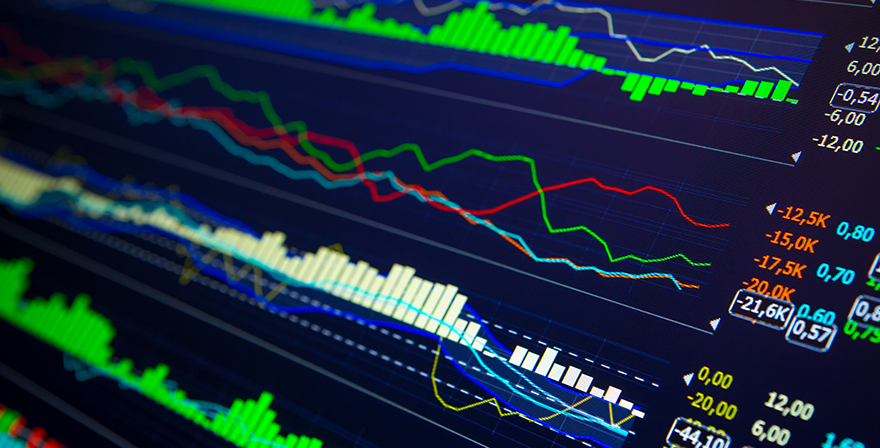Automated trading systems, also referred to as algorithmic trading, mechanical trading system, automated trading or system trading is basically a system that allows the trader to set up specific rules for both trade entries and exists. As reflected in the name, once it is programmed then it can be automatically executed via a computer.
Based on the simple situation to complicated strategies, the trade entry and exit rules can be developed. It can be easy such as a moving average crossover or can be intricate such as it requires a comprehensive understanding of the programming language specific to the users’ trading platform, or the expertise of a qualified programmer.

Typically required by the automated trading system in order to be able to work is the use of software that is linked to a direct access broker, and any specific rules must be written in that platform’s proprietary language.
Some trading platforms have strategy building “wizards” that allow users to make selections from a list of commonly available technical indicators to build a set of rules that can then be automatically traded. Many traders, however, choose to program their own custom indicators and strategies or work closely with a programmer to develop the system. While this typically requires more effort than using the platform’s wizard, it allows a much greater degree of flexibility and the results can be more rewarding. What needs to keep in mind that unfortunately, there is no perfect investment strategy that will guarantee success.
Once the rules have been established, the computer can monitor the markets to find buy or sell opportunities based on the trading strategy specifications. Depending on the specific rules, as soon as a trade is entered, any orders for protective stop losses, trailing stops and profit targets will automatically be generated. In fast moving markets, this instantaneous order entry can mean the difference between a small loss and a catastrophic loss in the event the trade moves against the trader.
The advantages of automated trading systems it will minimize emotion of the trader as everything is done automatically. It also provides the ability to backtest. Careful backtesting allows traders to evaluate and fine-tune a trading idea, and to determine the system’s expectancy – the average amount that a trader can expect to win (or lose) per unit of risk. It also preserves disciplined as trade rules are established and trade execution is performed automatically, discipline is preserved even in volatile markets. Automated trading helps ensure that discipline is maintained because the trading plan will be followed exactly. In addition, pilot-error is minimized, and an order to buy 100 shares will not be incorrectly entered as an order to sell 1,000 shares.
The system is also can be used for improved order entry speed. Since computers respond immediately to changing market conditions, automated systems are able to generate orders as soon as trade criteria are met. Getting in or out of a trade a few seconds earlier can make a big difference in the trade’s outcome. It also is able to diversify trading. Automated trading systems allow the user to trade numerous accounts or various strategies at one time. This has the potential to broaden risk over various instruments while creating a hedge against losing positions. Last but not least, automated trading systems allow traders to realize consistency by trading the plan.
The downfall of automated trading systems is prone to the mechanical failures. The theory behind automated trading makes it seem simple: set up the software, program the rules and watch it trade. In reality, however, automated trading is a sophisticated method of trading, yet not perfect. A trade order could reside on a computer – and not a server depending on the trading platform, means it hold the risk if the internet connection is lost, an order might not be sent to the market.
In addition to that, although it would be great to turn on the computer and leave for the day, automated trading systems do require monitoring. This is because of the potential for mechanical failures, such as connectivity issues, power losses or computer crashes, and to system quirks. Furthermore, it can produce over-optimization. Though not exact to automated trading systems, traders who utilize backtesting techniques can generate systems that appear grand on paper and perform terribly in a live market.
Strategy Runner is a server-based trading platform that provides traders the alternative to run their automated trading systems. Commercial strategies for sale, a wizard so traders can design their own systems or the ability to host existing systems on the server-based platform are frequently offered by these platforms. For a fee, the automated trading system can scan for, execute and monitor trades – with all orders residing on their server, resulting in potentially faster and more reliable order entries.
In conclusion, automated trading systems should not be considered as a substitute for carefully executed trading although it has attractive features for a variety of factors. Mechanical failures can happen, and as such, these systems do involve constant monitoring. Server-based platforms may offer a solution for traders wishing to reduce the risks of mechanical failures.






